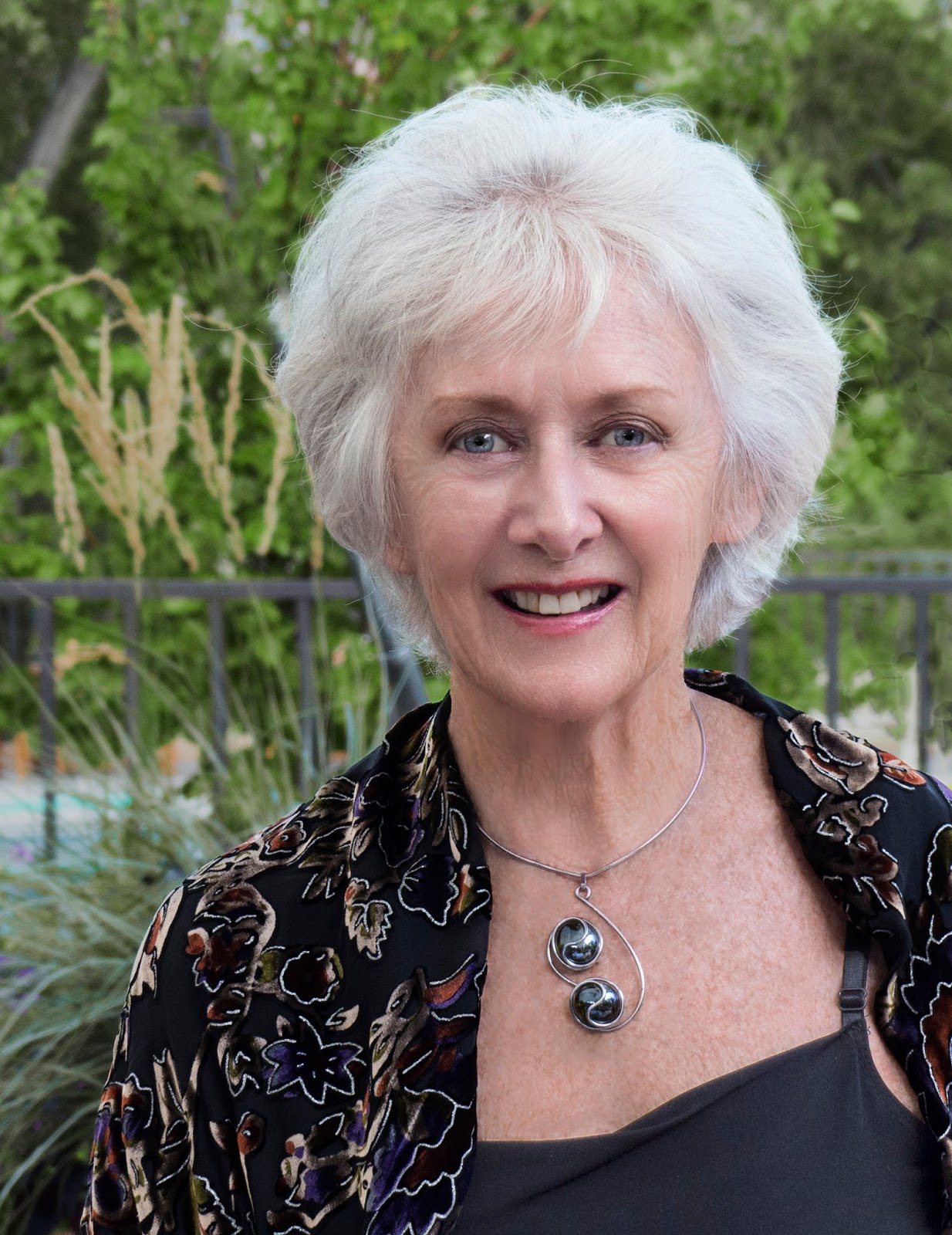 |
| Salute to Vienna ensemble -- Photo: Glatz Concert Productions |
PREVIEW: Salute To Vienna New Year's Concert
Glatz Concert Productions
Walt Disney Concert Hall (Music Center)
RODNEY PUNT
With Nutcracker and Messiah performances popping up like Yuletide poinsettias, can that more recent holiday classic, Salute to Vienna New Year's Concert, be all that far away?
Patterned after the cherished Viennese “Neujahrskonzert,” simultaneous versions of Salute to Vienna have for two decades toured North American cities from late December to early January. A fixture hereabouts for the last seven of those years, the music-cum-dance extravaganza -- that one need not fly to Austria for -- has never been performed on New Year's day itself in Los Angeles.
That changes on Sunday, January 1, when Salute to Vienna alights locally at Walt Disney Concert Hall, its Music Center home away from home. The good news is it won't face local competition from the Rose Parade and Rose Bowl Game. Never scheduled on Sundays, those two events will take place the following day.
 |
| Lara Ciekiewicz -- Photo: Glatz C.P. |
Celebrated Viennese conductor Peter Guth, whose 2013 Vienna Konzerthaus performance has
aired more than a thousand times on public television, is slated to lead the Strauss Symphony of America. The orchestra will feature a full measure of the greatest Strauss family waltzes, paprika-spiced with rare Old Empire tunes from Hungary and Bohemia, and this year also promising heart-stopping melodies from the two most famous operettas of all time, Strauss's Die Fledermaus and Lehar's Merry Widow.
Joining the orchestra, a star-studded cast of singers and dancers (costumed in both ballroom and ballet styles) will whisk the audience through a journey of romantic vignettes that, by faithful tradition, always include the "Blue Danube" waltz and the "Radetzky March". The featured singers this year are soprano Lara Ciekiewicz (pictured at left) and tenor Brian Cheney.
For a flavor of the kind of show in store, catch the video trailer of the televised Salute to Vienna performance at Vienna’s Konzerthaus (co-hosted by mezzo-soprano Frederica von Stade and actor Maximilian Schell in 2013, with Vienna's Volksoper, the Vienna Boys Choir, and the Vienna State Opera Ballet).
After a bruising election season, you may be ready for a little escapism to kick 2017 off like it’s 1899 all over again.
---ooo---
WHAT: Salute to Vienna New Year’s Concert
WHEN: Sunday, January 1, 2017 at 2:30 pm
WHERE: The Music Center’s Walt Disney Concert Hall, 111 S Grand Ave, Los Angeles, CA 90012
TICKETS: Start at $49.50, available from the Music Center online or call: 323.850.2000
MORE INFORMATION: Visit Salute to Vienna in Los Angeles or call 416.323.1403
Glatz Concert Productions, founded in 1987, produces, promotes, and manages classical, jazz, folk, country, movie, and video game music performances worldwide. For more information, click here.














